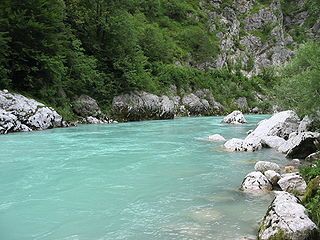Quick Discussion on Hydrokinetics

I respond:
Your idea, if I understand it, is to generate electricity from water that flows downhill; i.e., capturing some of the kinetic energy that comes from the potential energy of a mass of water that has been elevated to a certain level, and turning that into electrical energy. This is the principle behind all of hydroelectricity, whether we’re talking about hydroelectric dams or run-of-river hydro. It’s also the principle behind pumped hydro energy storage, where energy that is not needed on the grid at a certain moment is used to pump water uphill, only to be released and converted back to electrical energy as soon as there is a demand for electricity again.
If you have two ponds at different elevations, yes, you’ll be able to generate electricity while there is still water in the higher of the two ponds. But what happens when all the water has fallen into the lower pond? It’s going to take energy to push it back uphill.
In the case of rivers (whether dammed or not) this energy is provided by the sun, whose heat evaporates water, some of which condenses back into a liquid and falls in higher elevations, and then flows back downhill.
If you have a way to push water uphill without using an external source of energy, then we should talk further.
